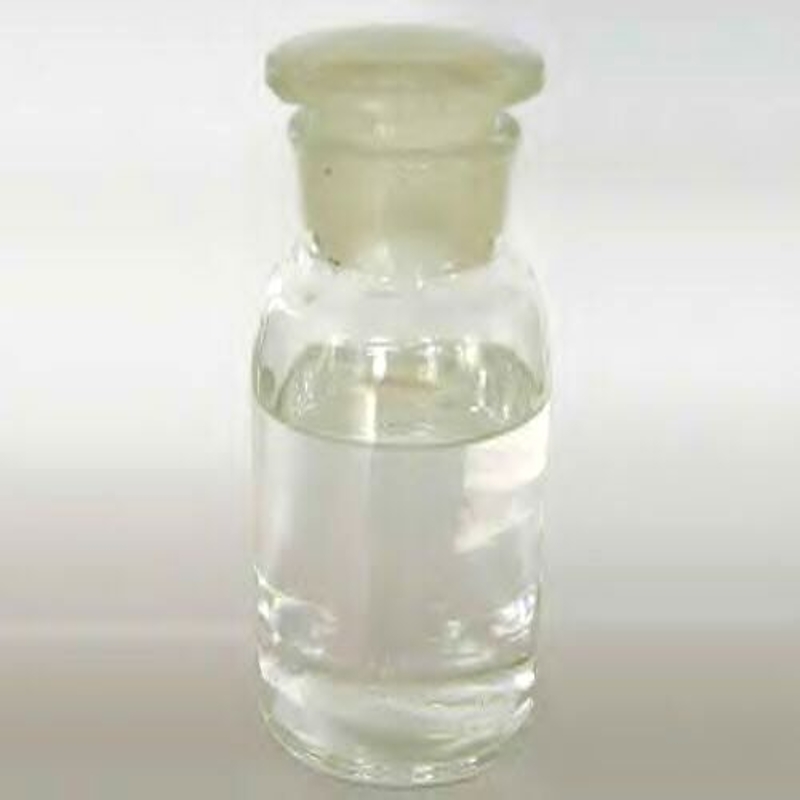-
Categories
-
Pharmaceutical Intermediates
-
Active Pharmaceutical Ingredients
-
Food Additives
- Industrial Coatings
- Agrochemicals
- Dyes and Pigments
- Surfactant
- Flavors and Fragrances
- Chemical Reagents
- Catalyst and Auxiliary
- Natural Products
- Inorganic Chemistry
-
Organic Chemistry
-
Biochemical Engineering
- Analytical Chemistry
-
Cosmetic Ingredient
- Water Treatment Chemical
-
Pharmaceutical Intermediates
Promotion
ECHEMI Mall
Wholesale
Weekly Price
Exhibition
News
-
Trade Service
● The latest product solutions are essential to sustain double-digit growth in the North American spray foam market
● Better emissions management benefits the environment, users, contractors and building users
● Evonik offers the largest portfolio of specialty additives for sustainable polyurethane insulation foam
Evonik reinforces its leadership in emissions management in the polyurethanes industry with a new state-of-the-art spray foam emissions testing facility at its Allentown, Pennsylvania laboratory
.
This latest milestone further demonstrates Evonik's commitment to supporting the spray polyurethane foam (SPF) industry to achieve its sustainability goals and maintain growth
.
As a green product with good thermal insulation properties, spray polyurethane foam buildings using Evonik additives can greatly reduce energy consumption and reduce carbon footprint
.
Buildings lose up to 40% of energy due to air leaks in roofs and walls, and in addition to their excellent thermal insulation properties, spray polyurethane foam helps seal gaps and prevent air leaks
.
As the American Chemistry Council's Spray Foam Coalition puts it: If 113 million homes in the United States used spray polyurethane foam insulation, it could save $33 billion in annual energy costs
.
Spray polyurethane foam is more effective than alternative insulation materials such as fiberglass or mineral wool, which has helped the North American polyurethane foam industry experience double-digit growth in recent years
.
Ralph Marquardt, Head of Evonik's Polyurethanes business, said: "Over the past two decades, Evonik has led the polyurethane industry with our broad portfolio of additives for low-e spray foam applications
.
These special products allow us to introduce and effective use of next-generation blowing agents with very low GWP
.
”
With increasingly stringent environmental and worker safety regulations, emissions testing has also become more complex
.
In addition to the environmental benefits of reducing greenhouse gases, low- or zero-emission products are now an industry requirement to reduce the time workers spend re-entering and building re-occupancy after spraying
.
The new emissions testing facility will help Evonik's customers establish formal measurement and testing protocols to meet current environmental, as well as future emissions and ASTM standards
.
Christian Eilbracht, Head of Polyurethane Insulation at Evonik, said: “These improvements in testing, combined with our deep understanding of spray foam formulations, ensure that we continue to design the best and cleanest additives for heavy oil, low emission and cold weather spray foam systems
.
We Supporting our customers in creating better-performing spray foams with lower emissions helps them meet industry benchmarks such as the Green Protection Gold Standard
.
"
A key feature of the Win Innovation testing facility is the cold room, which allows for extremely low temperature spray testing, down to 0 degrees Fahrenheit, for cold weather adhesion testing
.
These harshest low temperature tests make it possible to mimic real-world conditions at any time of year, helping to speed formulation development times and improve product performance
.
As a leader in supporting the transformation of every blowing agent, Evonik's solutions for the latest HF blowing agents help to significantly reduce the global footprint of the spray foam industry relative to previous HF blowing agents.
warming footprint
.
These products are typically used in polyurethane foam applications requiring high insulating properties, such as spray foam insulation, refrigerator/freezer insulation, and panel insulation for building structures
.







